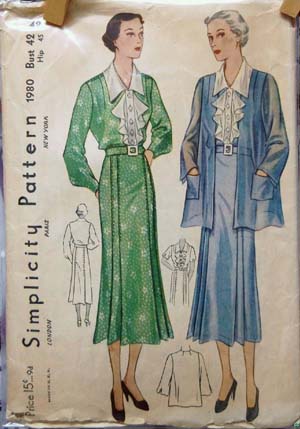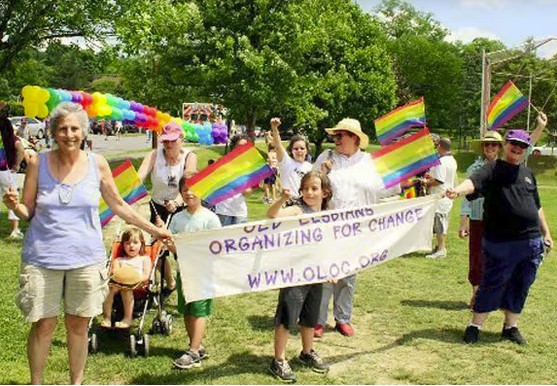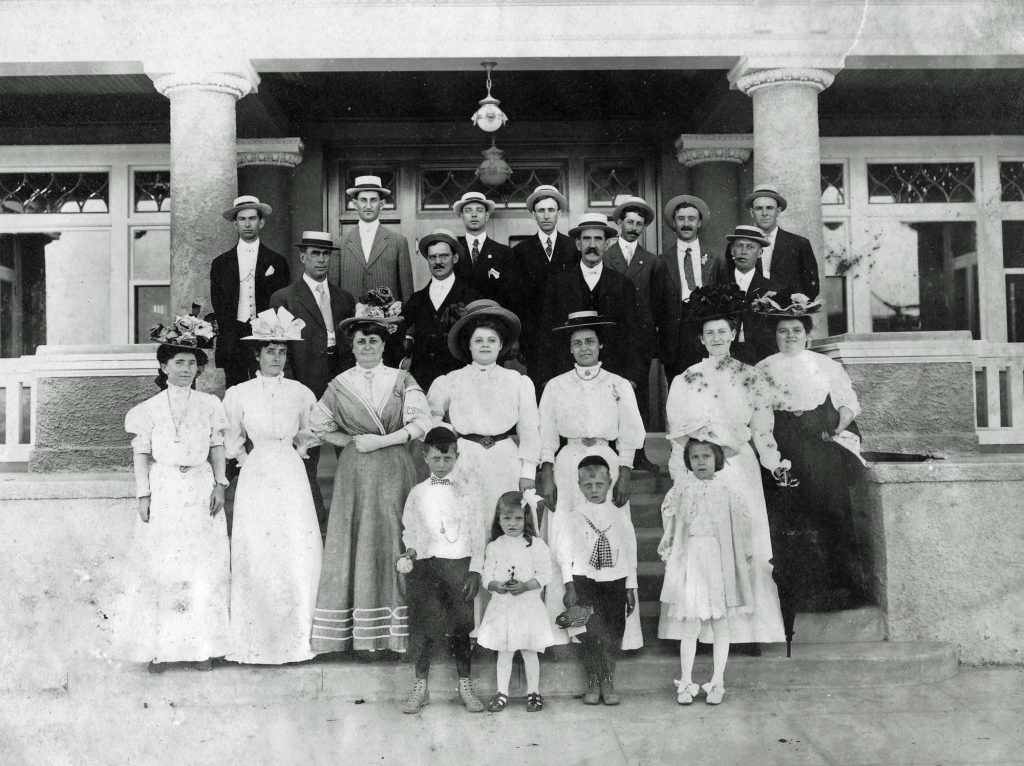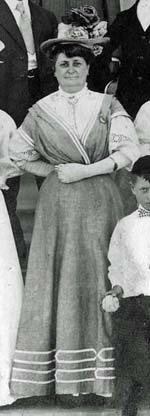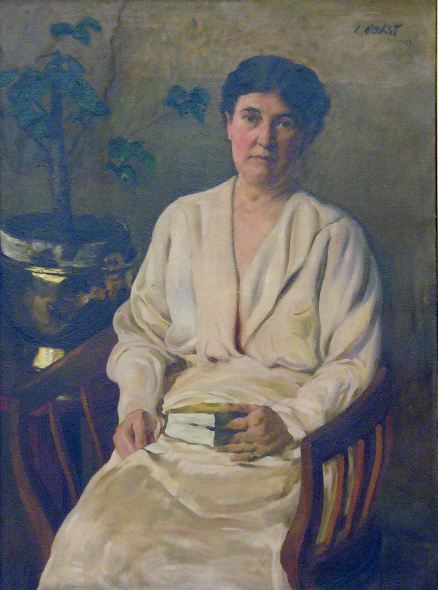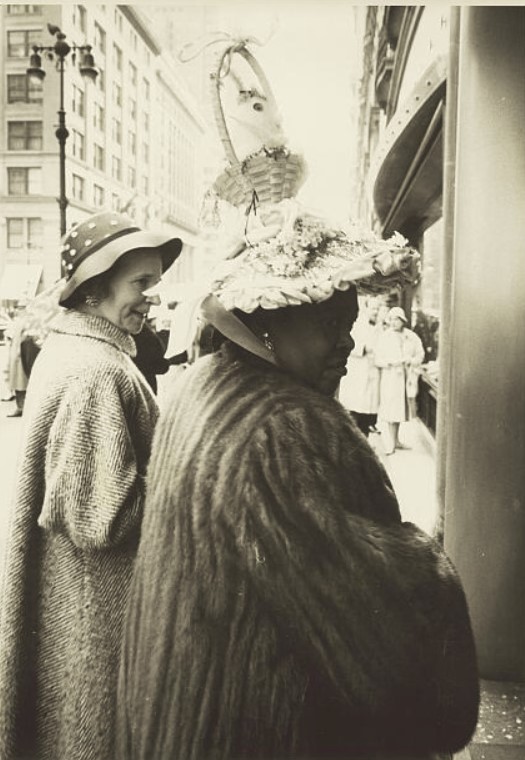I debated whether or not to write this post for days. Don’t we have more important things to consider than Martha Stewart in a bathing suit? However, I overcame my objections because her Sports Illustrated cover poses important questions about aging women in America today.
Being Martha Steward, aged sex symbol, takes time, money, and professional interventions. Obviously for Stewart looking good is just as much of a job as her cooking and style empires. Some of it is accomplished through sheer will power. If you have ever taken a look at her (exhausting) monthly calendar at the front of Living magazine, you will see that her mornings are filled with weight lifting, Pilates, swimming, and strenuous gardening. She drinks lot of green juice, too. All of this must account for her slim shape, with no hip shelf or menopot in sight.
However, it’s important to stress that she has a team of professionals to help. She employs exercise trainers, gets monthly facials, and has her hair dyed. Although she insists that she has had no major plastic surgery, she goes to a dermatologist twice a year for minor treatments like fillers. For the photo shoot she got a spray tan and a full body wax. So good health and discipline are not the only things she has going for her.
Is it good to know that some women can look like young beauty queens well into their eighties? Some commentators have praised Stewart’s cover shoot as aspirational, as proof that women can live up to American standards of beauty regardless of their age. However, I’m inclined to agree with Ashley Applebaum, who calls such people “super geezers.” While they certainly exist, presenting their stories as the new normal only serves to shame those without the time, money, and good health to follow in Stewart’s path. And doesn’t Stewart’s cover page just perpetuate the idea that in order to look good you need to be trim, without a wrinkle in sight?
I would love to hear your thoughts.

